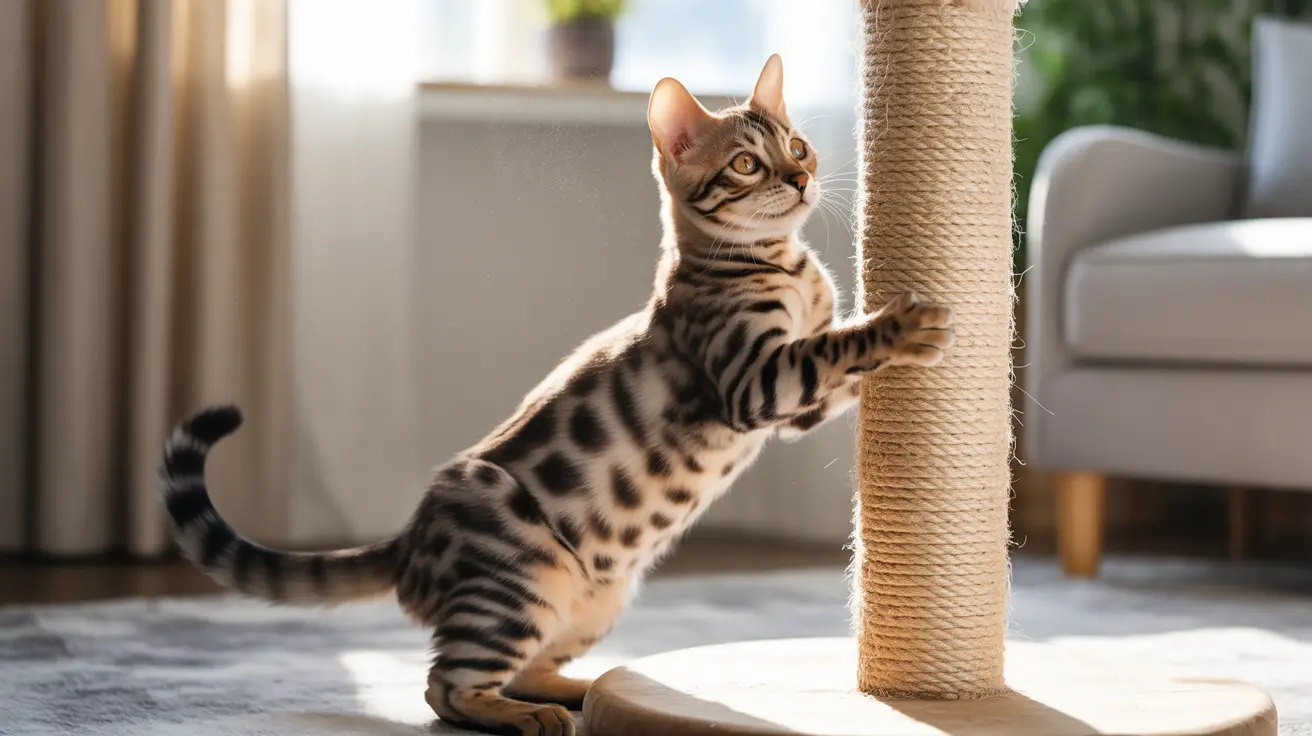If you've ever wondered "why is my cat so badly behaved," you're not alone. Many cat owners struggle with what appears to be problematic behavior from their feline friends. However, what we perceive as "bad behavior" is often our cats' natural response to stress, environmental changes, or underlying health issues.
Understanding the root causes of these behaviors is crucial for addressing them effectively and maintaining a harmonious relationship with your pet. Let's explore the various reasons behind challenging cat behavior and learn how to address these issues compassionately and effectively.
Common Reasons for Cat Misbehavior
Medical Issues and Health Concerns
Before labeling your cat as badly behaved, it's essential to rule out medical conditions. Many health issues can manifest as behavioral problems, including:
- Urinary tract infections causing litter box avoidance
- Dental problems leading to aggression or changes in eating habits
- Arthritis making it difficult to access litter boxes or favorite spaces
- Hyperthyroidism causing increased activity and vocalization
Environmental Stressors and Changes
Cats are creatures of habit, and environmental changes can significantly impact their behavior. Common triggers include:
- Moving to a new home
- Rearranging furniture
- Introduction of new pets or family members
- Changes in daily routines
- Loud noises or construction
Addressing Common Behavioral Issues
Inappropriate Elimination
When cats stop using their litter box, it's often due to:
- Dirty or poorly maintained litter boxes
- Uncomfortable litter box location
- Stress or anxiety
- Medical conditions affecting urination or defecation
Destructive Scratching and Chewing
These behaviors often stem from:
- Natural territorial marking instincts
- Stress relief needs
- Lack of appropriate scratching surfaces
- Boredom or insufficient enrichment
Creating a Cat-Friendly Environment
To prevent behavioral issues, focus on creating an enriching environment that meets your cat's physical and emotional needs:
- Provide multiple scratching posts with different textures
- Set up vertical spaces like cat trees and wall shelves
- Maintain a consistent feeding and play schedule
- Create quiet retreats for stress relief
- Offer interactive toys and puzzle feeders
Frequently Asked Questions
Why is my cat suddenly acting aggressively or badly behaved?
Sudden behavioral changes often indicate an underlying medical issue or significant stressor. Schedule a veterinary check-up to rule out health problems, and evaluate recent environmental changes that might be causing stress.
Could my cat's disruptive behavior be caused by an underlying health problem?
Yes, many behavioral changes can be linked to health issues. Common medical causes include urinary tract infections, dental disease, arthritis, and thyroid problems. Always consult with your veterinarian when new behavioral issues arise.
How can I reduce my cat's stress to prevent bad behaviors like scratching or inappropriate urination?
Maintain a consistent routine, provide multiple resources (litter boxes, scratching posts, hiding spots), use calming pheromone products, and ensure your cat has quiet spaces away from household activity.
What are effective ways to stop my cat from scratching furniture or chewing on things it shouldn't?
Provide appropriate alternatives, use positive reinforcement, apply deterrent sprays on forbidden items, and ensure your cat has plenty of environmental enrichment through toys and play sessions.
How do changes in my home environment affect my cat's behavior and what can I do to help?
Changes in the home environment can cause stress and anxiety in cats. Help your cat adjust by maintaining regular routines, providing familiar items and scents, and introducing changes gradually when possible.
Conclusion
Understanding why your cat is exhibiting challenging behaviors is the first step toward resolution. Remember that cats don't misbehave out of spite – they're responding to their environment, health status, or emotional needs. By addressing the root causes and providing appropriate solutions, you can help your cat feel more secure and behave more appropriately in your home.






